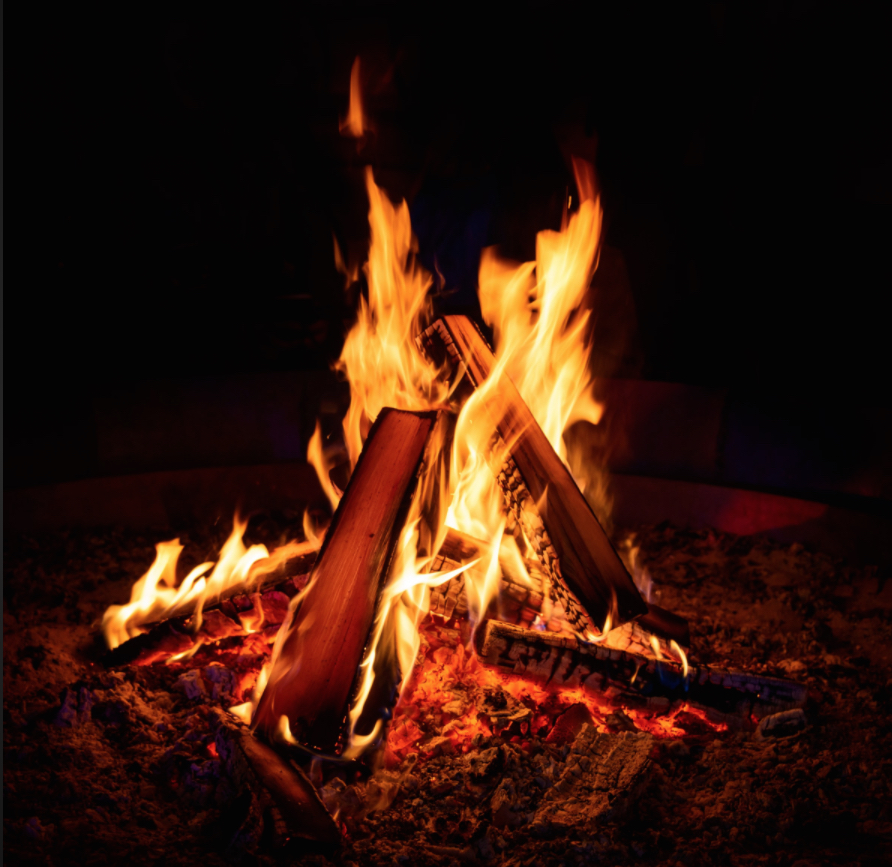
To successfully lead in business, you need two modes of leadership that you use consistently with your team members. Here’s what they are and why they get results.
Having worked in business leadership for over 30 years, I’ve learned what works and what doesn’t. From the boardroom of my Renaissance Center executive suite (now the General Motors world headquarters) to my time running a coffee-growing business in the remote mountain rainforests of Papua New Guinea with 2,400 tribal members, I’ve grown to realize that there are two distinct ways that we may operate. You need both to optimize your role and your team.
In his paper on Organizational Leadership Structure, Bruce L. Gibb, PhD, says tribes function in two modes: they use one when they are executing (the Hunting Party Mode) and the other where informal talk and sharing takes place (the Campfire Mode). This goes for the executive boardroom as well as a grass hut in the rainforest. The tribe moves like a pendulum between these two modes, using both to optimize role and team productivity. Here is how they work:
The Hunting Party is the hierarchy, the formal business structure that starts at the top and works its way down and across. It’s defined and results-oriented. There is accountability here: people are depending on you so you need to have your act together. Historically, in tribal cultures, the mission might be to go out and get the food, conduct the war, make the weapons, placate the spirits, etc. Everyone has a role and is expected to perform it. For example, in the hunting party, there’s a person who carries the spears, a person who tracks the game, a person who cleans the carcass, those who lug it back, etc. You need expertise, discipline and the ability to perform what is expected of you. If you fail, the village goes hungry. If you succeed, everyone eats.
Concerns: Sometimes it’s frustrating how much time it takes to go down and across the business hierarchy to coordinate performance. Ultimately, in the hot pursuit of goals and objectives, learning is lost among cross-functional roles/teams. It seems that the most efficient and effective way to capture individual insights is to bring the members all together at one time to examine experiences, and share information—whereby strengthening role and team relationships. That is why we also need the campfire.
The Campfire: Once you return from hunting (executing), it is wise to put the spears, bows and arrows away, relax, and talk about the successes and failures. It is time to sequester your team, sit in a circle or around a round table, where members are encouraged to look each other in the eye. They celebrate their accomplishments, and learn from their mistakes. They may need to reiterate their visions, values and norms as well. Everyone is on the same level here and trust (psychological safety) is vital. “We’ve done what was required of us. Now we’re going to circle around and reflect on how we think and feel about our initiative, goal or project.” This is a move into vulnerability and intimacy, permitting members to share weaknesses and mistakes, as well as successes and achievements. You may be surprised to discover an individual or even a collective blind spot.
Concerns: Some leaders see this mode as a loss of leadership, control and power, or it is too emotional or not time-justified. I would argue the opposite is true. As you become more “human” and engaged with your members, they will feel a stronger commitment to you and your company and feel safer to open up with ideas and try out new things. Self-reflection needs a safe place to be affirmed, and may germinate creativity, even when we might feel emotionally clumsy.
An example of contemporary organizations which function in these two modes is a football team; especially collegiate teams which have to learn quickly. On the field they function in their “hunting party” mode. But later they have a “campfire” to celebrate their wins, watch their game films and learn from their mistakes, and watch films of the team they will play next and develop their game plan.
A strong leader, in his/her management role needs to be disciplined and focused to be sure the hunting party executes, and also in his/her leadership role needs to have campfire meetings in order for people to reflect, learn, relax and reconnect to maintain meaning and purpose. Those are two big responsibilities that drive, shape and mold your company culture. Successful business leaders know how to complete tasks and build relationships. Have you had a campfire lately?.




